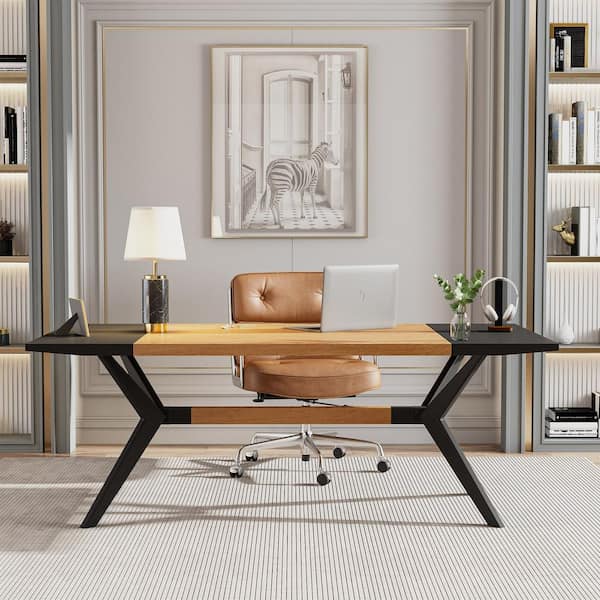Dining Room Table Legs That Integrate Functionality and Modern Layout
Dining Room Table Legs That Integrate Functionality and Modern Layout
Blog Article
Eating Table Legs: Just How to Select the Ideal Designs for Your Space
Selecting the appropriate table legs is essential for both visual and functional consistency in your eating room. Whether your area flaunts a smooth, contemporary vibe or leans in the direction of an extra typical atmosphere, the style of the legs can substantially influence the total appearance. Tapered legs emanate modern elegance, while turned legs offer a nod to traditional charm. Beyond style, the material-- be it warm wood or streamlined metal-- plays a crucial function in establishing the tone. How do you guarantee these components complement your existing decor while offering the needed security? The response depends on a balanced method.
Analyzing Your Dining-room Style
Just how do you figure out the ideal table legs for your area? The response starts with a thorough assessment of your dining-room design. A natural style guarantees that your table legs enhance the overall aesthetic rather than encounter existing components. Beginning by observing the architectural attributes of your dining room. Exist popular characteristics such as subjected beam of lights, detailed moldings, or minimalist lines? These details usually determine whether a conventional, rustic, modern, or industrial design is most proper.
Following, think about the existing furniture and decoration. The materials, shades, and appearances within the room play a critical duty. A dining area with sleek, modern chairs and metal accents may profit from straightforward, structured table legs. Conversely, a space full of vintage items and abundant textiles may ask for elaborate, carved legs.
Big, open dining areas can fit larger, much more significant legs, whereas smaller areas need more delicate, unobtrusive styles. By very carefully assessing these elements, you can select dining table legs that harmoniously mix with your eating space's style.
Popular Leg Styles Described

One widespread design is the conical leg, renowned for its streamlined, contemporary appearance. Next, the transformed leg features intricate spindle-like layouts, frequently located in conventional and farmhouse settings.
Cabriole legs, with their unique curves, are synonymous with French Provincial and Queen Anne furniture. Their stylish, moving lines bring a sense of sophistication and historical beauty (dining room table legs). For those preferring a durable and uncomplicated style, square legs supply strong assistance and a clean, geometric look, suitable for commercial or minimalist areas
Lastly, hairpin legs provide a retro, mid-century contemporary ambiance. Made from metal, these legs are both light-weight and strong, adding an unique visual comparison to wood tabletops. Recognizing these designs will direct you in selecting table legs that enhance your area's visual and functionality.
Material Factors To Consider

Steel legs, often made from stainless steel, iron, or aluminum, provide a modern and industrial look while making sure durable support. They are commonly much more resistant to wear and tear, making them a long lasting choice.

Other products like bamboo or rattan supply environment-friendly choices, bringing a natural and unwinded vibe to the eating area. Each material has its benefits and drawbacks, and the ideal choice will rely on your specific demands and choices.
Balancing Visual Appeals and Functionality
Accomplishing the ideal equilibrium in between aesthetics and capability is crucial when selecting eating table legs. While the visual allure of table legs can dramatically improve the total setting of a dining area, their functional facets can not be ignored. The design of the legs need to harmonize with the space's décor, yet they ought to likewise give sufficient assistance why not check here and stability for the table.
Think about the architectural layout of your space. Sleek, contemporary interiors might take advantage of minimalist, steel legs that supply a tidy and unobtrusive appearance. On the other hand, traditional settings commonly enhance transformed or sculpted wooden legs that add a touch of elegance and refinement.
Capability incorporates the stability and durability of the legs. Trestle link legs, recognized for their robustness, can supply solid support for larger tables, making them ideal for families or regular artists. Alternatively, pedestal legs can supply even more legroom and versatility, permitting better seating plans
Furthermore, the elevation and positioning of the legs are important for comfortable eating. Legs put too far inward may impede seating, while those too near to the edge can limit movement. Hence, thoughtful factor to consider of both aesthetic and functional aspects is paramount for an optimum eating experience.
Modification and Do It Yourself Options
Modification opens a world of opportunities for developing eating table legs that are distinctly tailored to your taste and needs. Certain layout components, such as transformed legs, tapered shapes, or elaborate carvings, can be integrated to show your style.
For those likely in the direction of do-it-yourself (DIY) projects, producing customized table legs provides both a fulfilling experience and the opportunity to achieve a bespoke visual. DIY fanatics can source basic materials and use woodworking or metalworking tools to craft legs that satisfy specific specifications. In addition, numerous online tutorials and workshops give support, making the procedure much more easily accessible for newbies.
Inevitably, whether choosing specialist modification or embarking on a do it yourself venture, the ability to tailor table legs makes sure that the end product integrates with your interior decoration vision, improving both functionality and visual charm.
Conclusion
Selecting the suitable table legs calls for careful consideration of the general design of the eating room, including existing building functions and furniture. Recognizing preferred leg styles and product alternatives is necessary for achieving an unified aesthetic. Balancing aesthetic appeals with performance guarantees security and boosts the dining experience. Customization alternatives better allow for a tailored style. Inevitably, the picked table legs should match the decor, offering both aesthetic allure and functional support.
Report this page